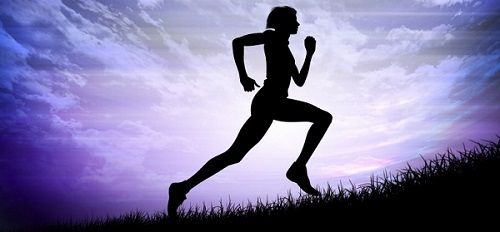Diet
It is a well-known fact that calcium and vitamin D play important roles in bone health, and are very important in the first two or three decades of life to build strong peak bone density. While the CDC reports the National Academy of Sciences lists the recommended dietary intake of calcium to be 1200 mg/day for individuals 51 yrs of age and older, there is controversy surrounding these amounts.
A 2011 study published in the BMJ found “Dietary calcium intakes below approximately 700 mg per day in women were associated with an increased risk of hip fracture, any fracture, and of osteoporosis”. On the other hand, this study also notes that “Meta-analyses of previous cohort studies have not established a reduction in fracture or osteoporosis risk with increasing calcium intake”. The body does not manufacture calcium, and must get it through diet and release of stored calcium in the bones. The goal is to have a high enough level of calcium in the blood stream that it does not need to come from the bone, which requires bone to be broken down.
Food sources for calcium include dairy (milk, yogurt, ice cream, cheese), canned fish (sardines, salmon, shrimp), dark leafy greens, broccoli, soybeans, oranges & dried figs.
Vitamin D plays a role with calcium being absorbed into the blood stream by allowing absorption of calcium in the intestines. There are many conflicting reports on the recommended amounts of vitamin D supplements that should be added to the diet. It is possible for the body to produce adequate amounts of vitamin D from sunlight, however not in the winter if one lives north of San Francisco. UVB absorption is also limited by darker pigmented skin and sunscreen. According to a 2011 report published in the Journal of Clinical Endocrinology & Metabolism, the recommended daily allowance of vitamin D is 600 IU/day for ages 1-70, and 800 IU/day for ages over 71. The National Osteoporosis Foundation recommends 800-1,000 IU/day, and in the form of vitamin D3 (cholecalciferol) when available.
There are few food sources for vitamin D, although it is generally added to milk, to some orange juices, and cereals, but it can be found in liver, fatty fish (such as salmon and tuna) and egg yolks.
Exercise
Exercise is important to build and maintain bone density. This is done through two main types of exercise: weight bearing and strengthening. Weight bearing exercise can be high or low impact, and should be done for 30 minutes/day, five to seven days a week.
High impact weight bearing exercises include:
– Dancing
– Hiking
– Running
– Jump roping
– Stair climbing
– high impact aerobics
Low impact weight bearing exercises include:
– elliptical machine
– step machine
– walking quickly
– low impact aerobics
Strengthening exercises involve moving your body or equipment against gravity. This type of exercise should be done several times a week.
Strengthening exercises include:
– lifting weights or using weight machine
– using resistance bands
– moving own body weight against gravity
Exercise that improves balance is helpful in preventing falls, and should be incorporated into a complete exercise program. This includes exercise such as Tai Chi.
It is important to remember that to maintain bone density, exercise needs to be part of one’s lifestyle. In an article from the University of New Mexico, authors Shedden and Kravitz (2004) note that for adults past their peak bone density, any improvements in bone density from exercise programs will likely reverse once that exercise program is stopped.
Whether you have healthy bones, osteopenia, or osteoporosis, use of dietary supplements and exercise routines should be reviewed with your health care provider prior to making changes.
References: The BMJ; Center for Disease Control; Journal of Clinical Endocrinology & Metabolism; National Osteoporosis Foundation; University of New Mexico.
Image: Competitor.com

